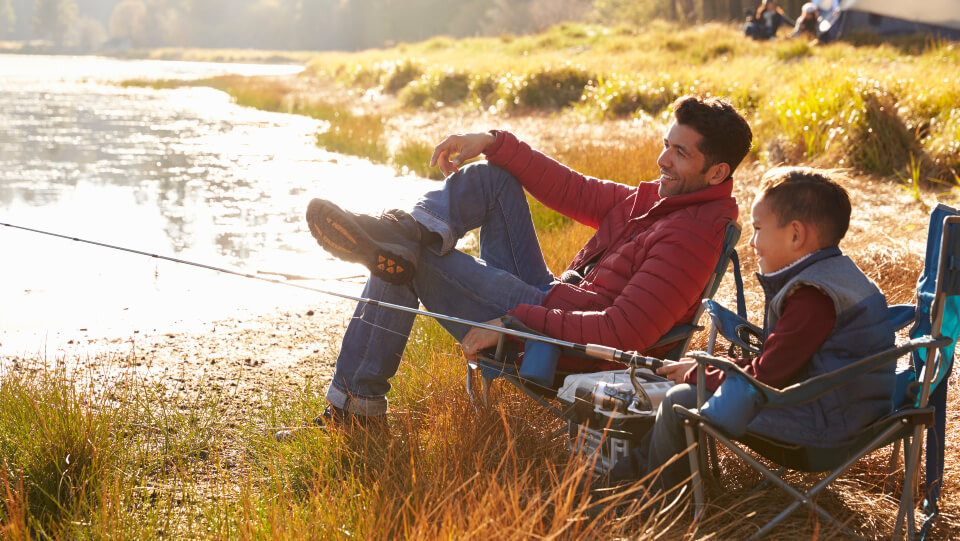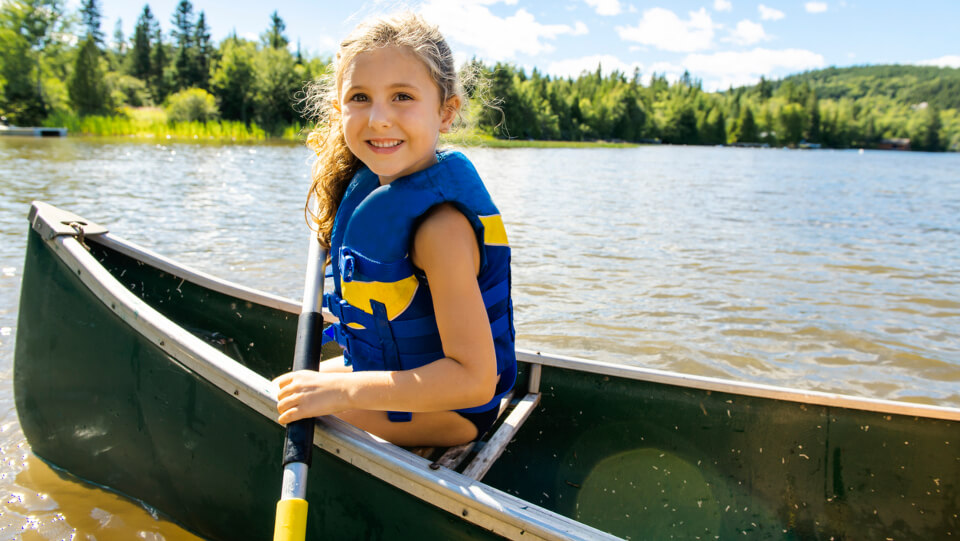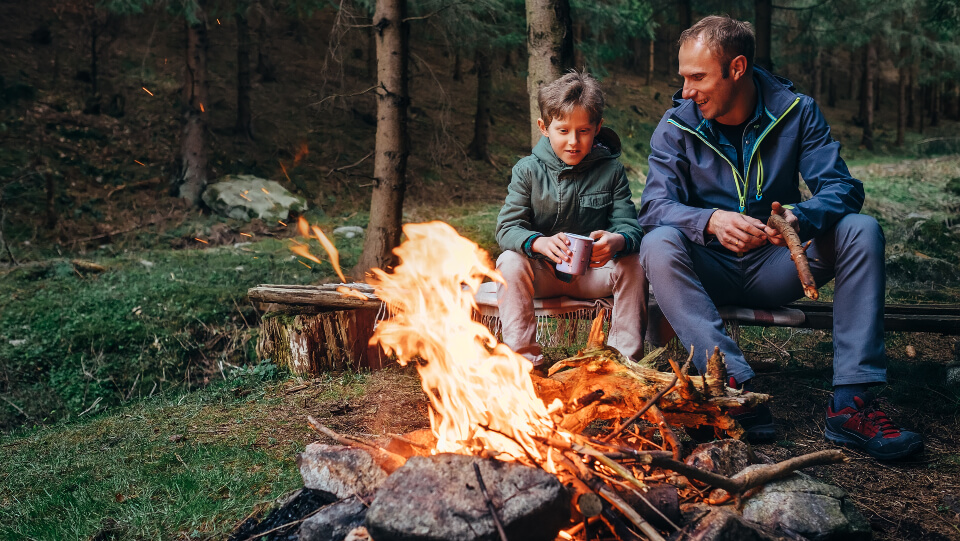When is the right time to start teaching children survival skills?
Teaching your kids is part of your parenting journey and survival skills are an essential part of that. You can start teaching kids survival skills as early as four or five years old.

There are many different ways you can educate your children for every situation they may find themselves in. With that in mind, here are a few basic survival skills you can begin with to set your kids up for success.
Situational Awareness
One of the most vital things you can instill in your children is an awareness of their surroundings. If they ever get lost, they can use this essential life skill to guide them in the right direction. Begin by teaching your kids how to notice their surroundings, pointing out landmarks as you perform daily tasks.
Have them notice the grocery store or post office as you drive past them and see if your child can navigate home from these landmarks. Pointing out items as you pass them or notice them can help your kids pay more attention to what’s around them. Ask them questions about what they see each day as you drive them to school or ask them to draw a map of their hallways and routes during school hours.
You can also teach your child how to prepare for situations that may arise by going hiking or camping. Educate them on essentials and why you might need them when you venture outdoors. Once you arrive, you can point out wildlife and teach them to identify foliage. This can prepare them for what is poisonous and safe to eat.
Swimming Lessons
Swimming is an important life skill you should teach your kids at a young age — most children are ready to begin swimming lessons by four years old. Once they understand how to swim, they are more likely to be able to protect themselves from the dangers of water. Teaching them early comes with many benefits, including socialization and physical development.

Swimming lessons lessen the chance of your kid drowning and teach them social skills by socializing with other children in their classes and interacting with the instructor. They also provide physical exercise that boosts brain development, builds muscle and improves appetite and sleeping patterns.
Starting a Fire
When kids are very young, you can teach them fire safety and how to stay warm without a fire nearby. Teach them the importance of dressing warmly when it’s cold out and how to insulate their clothing in an emergency. You can make this a fun learning activity by making a game out of it. Have your children stuff their clothing with leaves and plants to provide warmth. You can also teach them how to make a bed out of things in their surroundings if they get stuck outdoors.

Fire safety is first and foremost when teaching your kids how to build a fire. You can gauge your child’s readiness for instruction and guide them when it’s most appropriate. Most kids can learn how to safely start a fire between the ages of three and seven. Teach them never to head outdoors to go camping without matches or a lighter. Next, teach them how to cook on an open fire and how to know when the food is ready to be eaten.
Practice First Aid
First aid is a vital survival skill children should learn as early as possible. It can teach kids basic medical needs and how they must act to survive in situations they may encounter.
They should remain calm and assess their surroundings to see if they can get their bearings. You should prepare your children for more than how to care for minor cuts and scrapes. Basic first aid can not only help your kid, but it can also help others. You can begin teaching your children basic first-aid skills around toddler age.
They can learn how to apply pressure to a bleeding wound, put ice on swollen injuries, run cold water over a burn, pinch their nostrils for bleeding noses and drape a blanket over someone in shock. Once your child is nine, you can teach them more complex procedures like CPR.
Shelter Protection
Teach your kids to think outside the box and develop problem-solving skills to seek shelter or make their own. Some are natural at climbing trees, so hone in on that and teach them how it can help them in emergencies.
Around the age of five, children should be able to learn how to climb trees safely and protect themselves from predators. Climbing trees can also give them a better view of their surroundings to help them if they get lost. Situational awareness also comes into play here, teaching your kids how to take advantage of their surroundings.
Teach them to use what’s around them to shelter themselves from harsh elements. Kids can also learn to make a lean-to from branches and other natural materials. They should understand the importance of keeping themselves dry and wearing layers to protect themselves.
Start Teaching Your Kids Survival Skills
Providing your children with an arsenal of knowledge can help them survive emergencies and become well-rounded individuals. Teaching them survival skills early can ensure they have the skills they need to survive any situation.
Author Bio: Oscar Collins is the editor-in-chief at Modded. Follow him on Twitter @TModded for frequent updates on his work!

